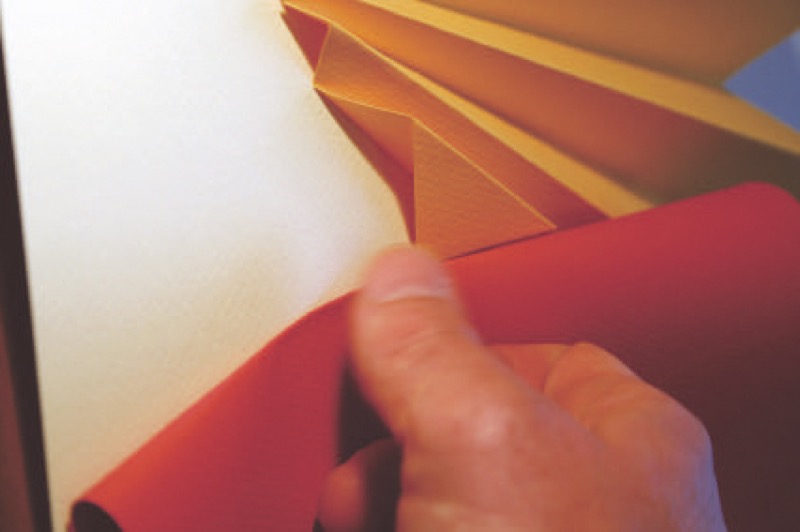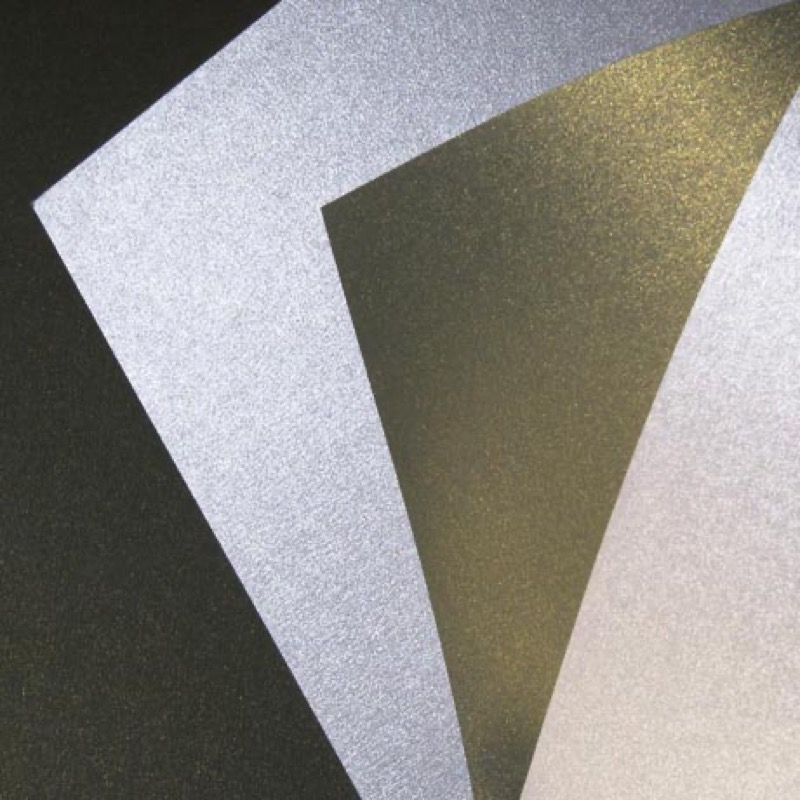2. Papers specifically designed for folding
Manufactured in Japan for 1300 years, Washi is the traditional paper of origami: made from long interwoven fibers, it combines lightness (60 g/m2), flexibility and sturdiness.
Of the same grammage but much easier to find, origami paper holds folds well and offers an excellent resistance to tearing. The square sheets have faces with different colors or different textures.
Even thinner (25 g/m2), tissue paper is the most delicate to manipulate. Available in many colors and textures (fake fur, hair, vegetables...), it will give a more realistic appearance to your projects.
A simple sheet of aluminum or wrapping paper with one foil face, foil paper has a unique capacity for shaping and holds fold perfectly over time.



